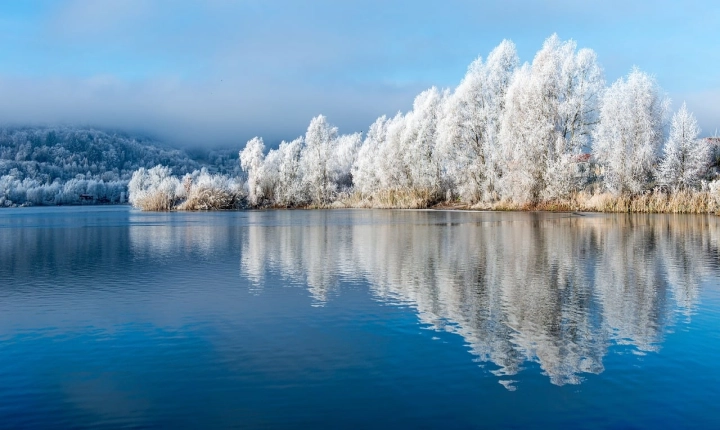Artificial intelligence (AI) has increasingly permeated various sectors, and the art world is no exception. The use of AI in creating art has opened up new possibilities and sparked exciting debates about the role of technology in creativity. So, how exactly do art AI work?
Art AI, also known as generative art, involves the use of algorithms, machine learning, and neural networks to produce original pieces of art. These AI systems are trained on vast databases of existing art, allowing them to learn and understand the patterns, styles, and techniques used by human artists. This knowledge is then utilized to generate new artworks based on specific inputs or objectives.
One method of generating art using AI is through the use of Generative Adversarial Networks (GANs). GANs consist of two neural networks – a generator and a discriminator – that work in tandem to produce realistic and compelling art. The generator creates images based on random inputs, while the discriminator evaluates the generated images and provides feedback to the generator. Through repeated iterations, the AI learns to produce increasingly refined and authentic art.
Another approach involves the use of style transfer algorithms, which can imbue digital images with the visual characteristics of famous artworks or specific artistic styles. These algorithms analyze the features of an input image and then apply the style of a chosen artwork to create a unique and visually striking piece.
Art AI can also be utilized to create interactive and immersive experiences, such as virtual reality art exhibitions or artworks that respond to real-time data inputs. This blurs the boundaries between the creator and the audience, providing new avenues for engaging with and experiencing art.
The implications of art AI are far-reaching. On one hand, it raises fundamental questions about the nature of creativity and authorship. Can art created by AI be considered truly original, or is it simply a reflection of human input and programming? Additionally, concerns about the displacement of human artists and the potential homogenization of artistic expression have been raised.
However, there are also exciting opportunities presented by art AI. It can enable artists to explore new styles and techniques, as well as democratize the creation and appreciation of art by making it more accessible to individuals who may not have traditional artistic skills. Moreover, AI-generated art has the potential to push the boundaries of creativity and challenge established artistic conventions.
As the capabilities of AI continue to evolve, the future of art AI looks promising. Whether it’s through the creation of thought-provoking visual art, immersive digital experiences, or even collaborations between human artists and AI systems, art AI is poised to leave a lasting impact on the art world. The fusion of technology and artistic expression holds the potential to spark a new era of creativity and redefine the way we perceive and engage with art.
